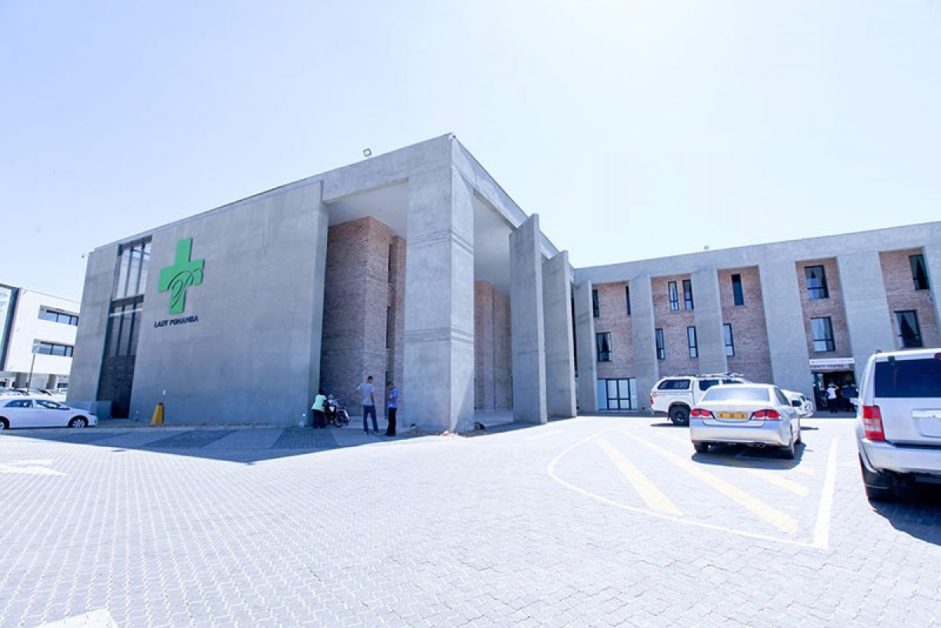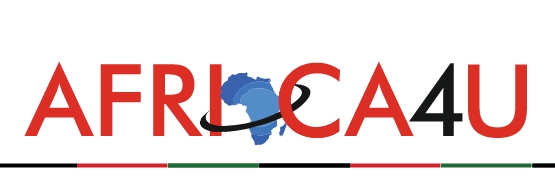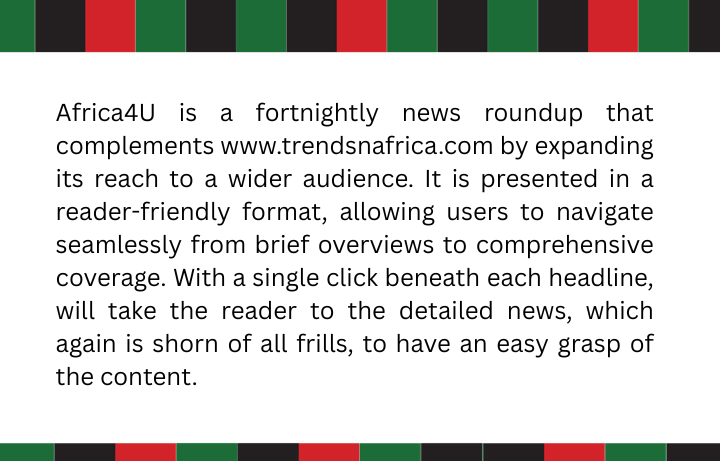(3 minutes read)
A study by the Namibian Competition Commission (NaCC) has revealed that the cost of private healthcare in the country has increased by over 320%. The six-month study looked into allegations of anti-competitive practices within the country’s private healthcare sector and covered the period from 2005 to 2021.
A study by the Namibian Competition Commission (NaCC) has revealed that the cost of private healthcare in the country has increased by over 320%. The six-month study looked into allegations of anti-competitive practices within the country’s private healthcare sector and covered the period from 2005 to 2021.
Available data indicate that per capita private health cost has tremendously increased by 320% from N$5,000 in 2005 to N$21,000 in 2021. However, no significant difference, in terms of the cost trends between the two periods (pre-and post-NAMAF judgment]. What is clear is the majority of MAs recorded significant profits over the years, even though it is currently unclear how it benefits the members. The private healthcare market in Namibia experienced systemic cost increases from 2005 to 2021, of which hospitals, medicines, and specialists have accounted for higher costs than others, the draft report which was under scrutiny noted.
The average beneficiary cost on a medical scheme was found to have increased by 298% over the period under review.In 2005, the average beneficiary on a medical scheme spent just over N$5.395.71 annually on all medical benefits in 2001 prices. By 2021 this has increased to around N$21,449.54 per year – a 298% increase in costs. The largest chunk of the Cost is seen in hospitals (35%), followed by pharmaceuticals (16%), and specialists (1196).
The study was conducted in collaboration with the United Nations Development Fund (UNDP) and consultants engaged to provide a comprehensive overview of Namibia’s private healthcare sector. The study established that the annual medical aid fund premium increases are not significantly determined by administration fees, but rather driven by other costs such as doctors’ costs, technology enhancements, over utilisation, facilities, and medication (pharmacies). The study sought to assess whether these practices hinder competition and contribute to the rising costs of healthcare services in Namibia.
The purpose of this study is to review the structure of private healthcare service provision, the nature of the relationship between the role players, as well as the state of competition in the Namibian private healthcare sector. Additionally, it aims to assess the impact of the Namibian Association of Medical Aid Funds (NAMAF) judgment on the jurisdiction of the Commission, health professionals, and consumers, while analysing the cost trends of private healthcare service delivery in Namibia over the years.
The report further indicates that Namibia’s health services are twofold with the private sector serving 18% of the population with medical aid, whereas 82% is served by the public sector. There are 890 private healthcare facilities, of which 72% of the doctors and slightly below 50% of registered nurses work in the private sector, the study reveals
Read Also:
https://trendsnafrica.com/namibia-revises-national-medicines-policy/
https://trendsnafrica.com/namibia-looks-up-key-sectors-for-growth-job-creation/
South Africa’s Competition Commission which has powers to investigate the country’s private healthcare sector compared to NaCC, however, conducted an investigation, which revealed that the neighbouring country was characterised by soaring costs, over-treatment, and no apparent improvements in health outcomes. The investigation in South Africa was focused on hospitals, doctors, medical schemes that purchase healthcare on behalf of their members, and the administrators and managed care organisations that medical schemes collaborate.





